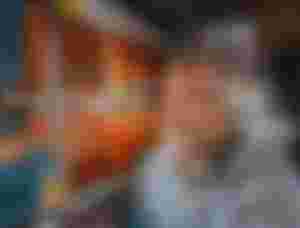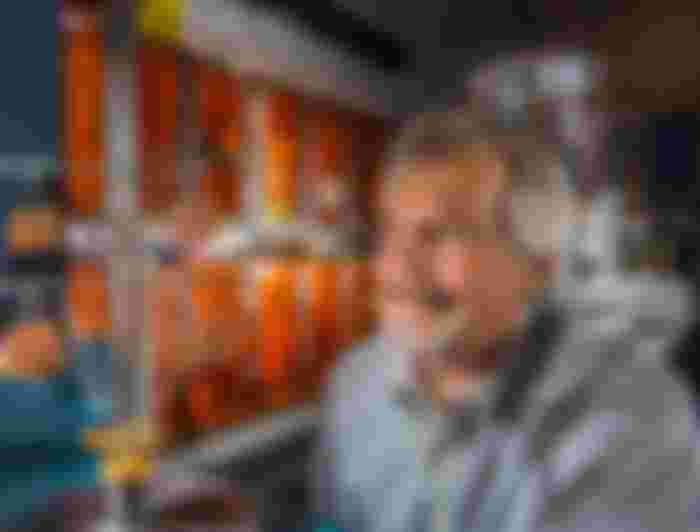
Science can also show unusual and fun sides. Data and numbers that are often singular, but nevertheless relevant in the search for increasingly effective and innovative therapies. Let's have fun discovering them together!
[ If each molecule of aspirin in a single tablet had the size of a grain of salt, a pile would be created such that the tablet would be 10,000 times larger than the Great Pyramid! ]
The active ingredient of any drug is a specific molecule whose structure and shape determines its effects on our body. The characteristic of molecules is that they are much smaller than most of us are actually aware of - infinitely more than the tiniest particles we can see with the naked eye. So when we take a pill or are given an injection, we are taking in several quadrillions or quintillions of drug molecules.
One way to try to visualize such a large number is to calculate what it would look like if applied to something familiar, like grains of salt. For an aspirin tablet, the calculation provides a heap of salt that would make the Great Pyramid of Giza look like a Lego block.
People sometimes wonder how medicine knows where to go within the body. The answer is that the molecules of a drug proceed according to their molecular and cellular properties. Smaller molecules, such as aspirin (acetylsalicylic acid) can hit targets located within cells, while larger molecules, such as antibodies, are normally unable.
But the real question should be: "Where do drug molecules bind?" The challenge for scientists is indeed to design drugs that are highly selective. Therefore able to interact with the protein target linked to the disease but which have minimal or at least acceptable impacts on other targets. Achieving this accuracy requires years of work and research, followed by lengthy and thorough testing to demonstrate that the anticipated benefits to patients from using the drug outweigh its risks.
[ Each human cell is the size of a speck of dust but is more complex than the Space Shuttle. ]
It may seem like comparing different elements such as apples and oranges, but a human cell has a larger "list of components" than a Shuttle. A NASA fact sheet describes the Space Shuttle as a "single vehicle, consisting of approximately 2.5 million moving parts". In living organisms, proteins are the nanomachines that do the work of biology, and the "parts list" of a single human cell can include up to 10 billion protein molecules. Each of our cells comprises up to 10 million. ribosomes, which assemble proteins based on information encoded in messenger RNA.
There are at least 20,000 different human proteins, which are actually many more because the same protein can often take on different shapes with different functions. A typical human cell has tens of thousands of distinct types of proteins at its disposal that are simultaneously working to maintain cell structure, send or receive signals, catalyze chemical reactions, and assemble, degrade and transport molecules. And all this incredible complexity is enclosed in such a small space that it is not visible except with the optical microscope. This is the living machine that scientists must thoroughly study and understand before they can correct the molecular defects that cause disease.
[ If the 3 billion letters of DNA, which make up your genetic code, were printed in book form this would contain about 1 million pages! ]
Our genetic code, contained in the DNA, has a fairly simple alphabet consisting of only four letters: A for Adenine, T for Thymine, G for Guanine and C for Cytosine. Genetic information is stored and analyzed in digital form, but it is not uncommon to see specific DNA sequences reported in scientific articles.
But what would all of our DNA look like if it were printed in book form?
Well, for starters, you couldn't put it in a book. With a medium-sized font, you'd need a million pages, or about 2,000 volumes of 500 pages each, to hold the entire genome. Yet, a single "typo" - a point mutation that changes a single DNA letter - can sometimes be the difference between health and disease .

Was it Hubert Reeves that famously said that there is more mystery in a wild flower than in the entire cosmos out there?! Nice article, thanks.